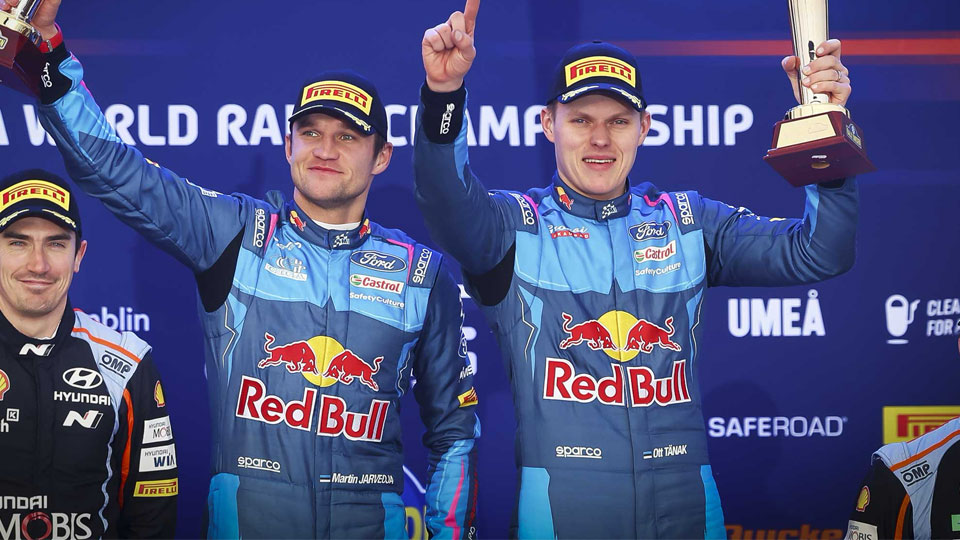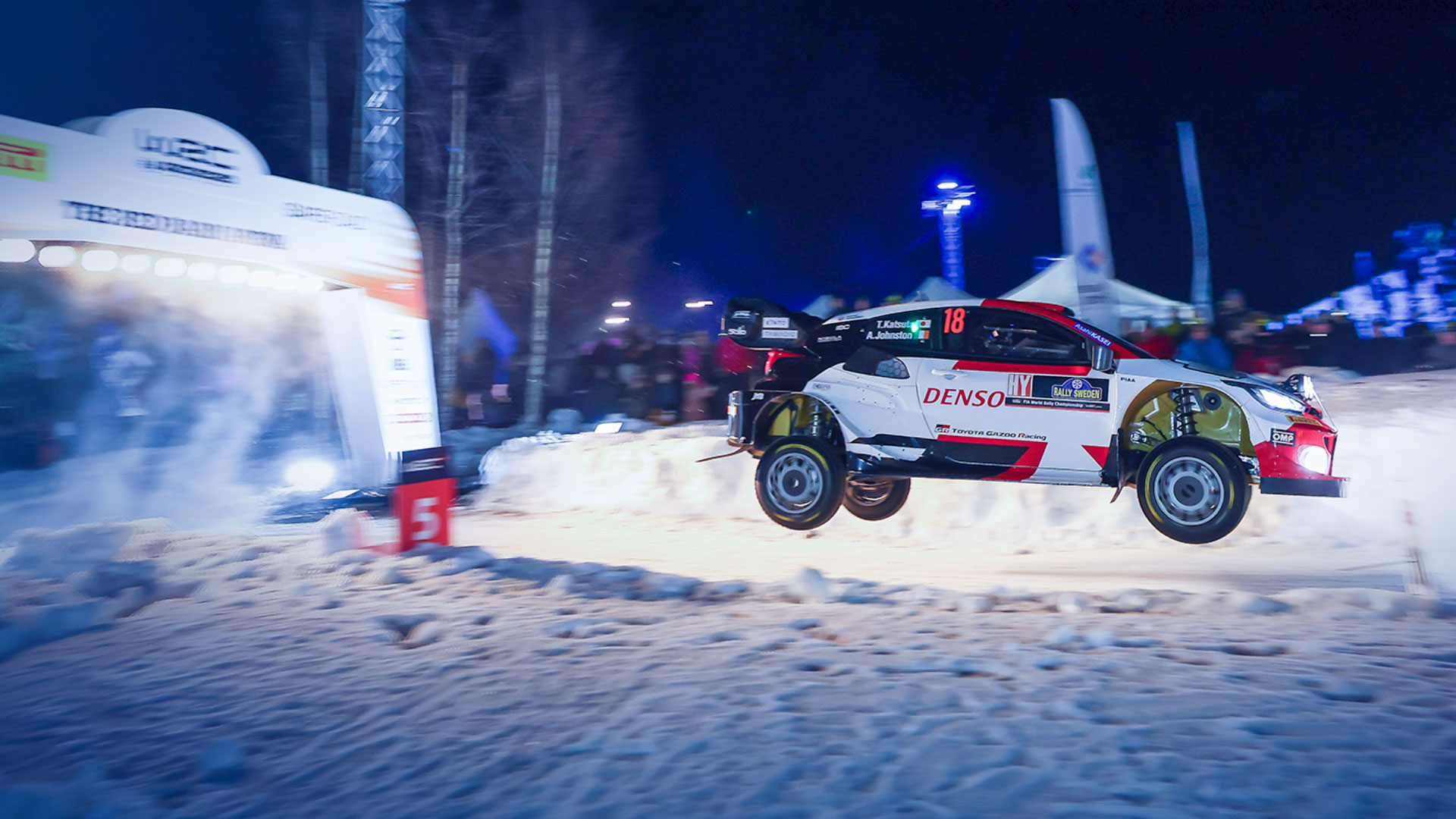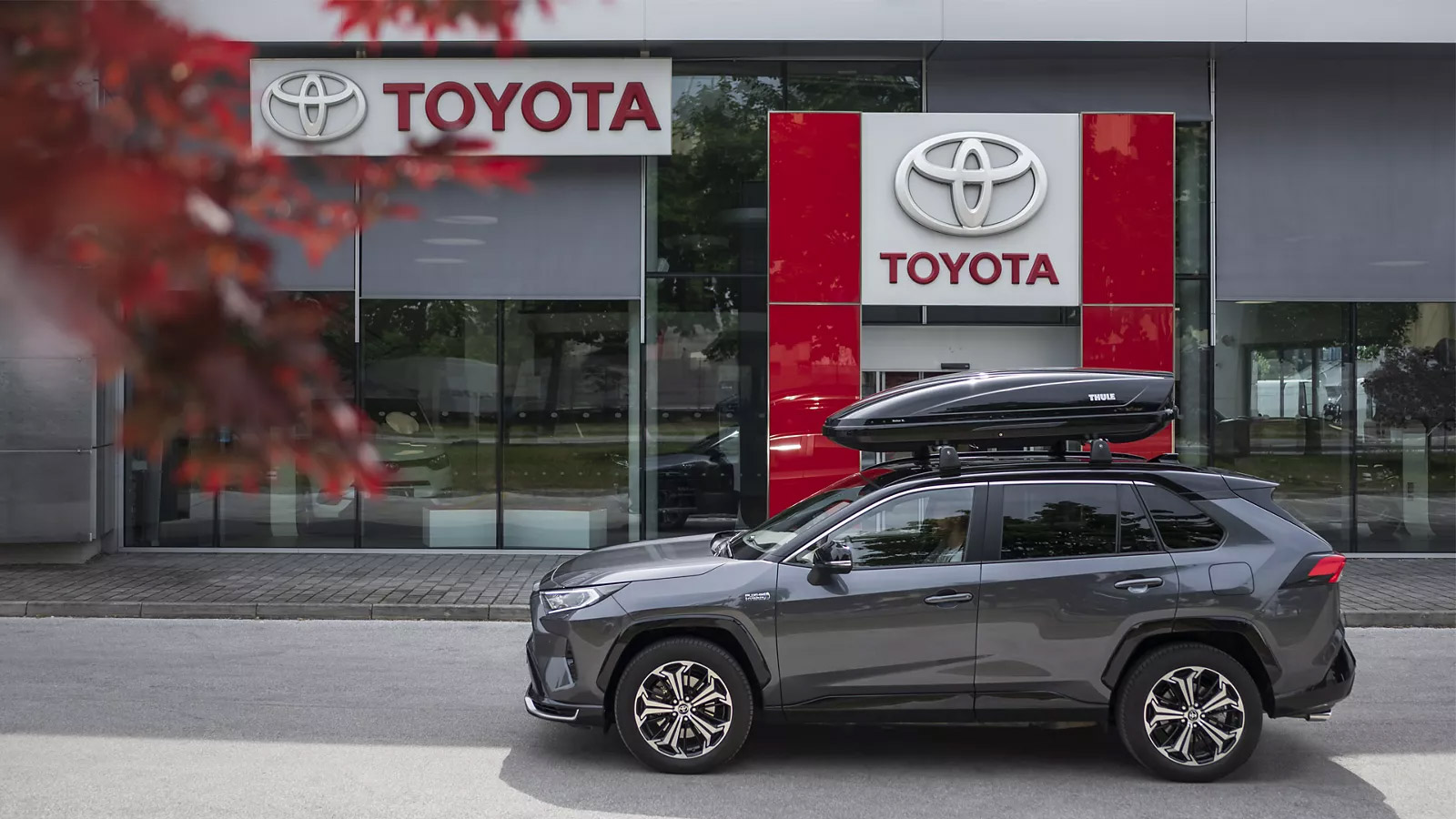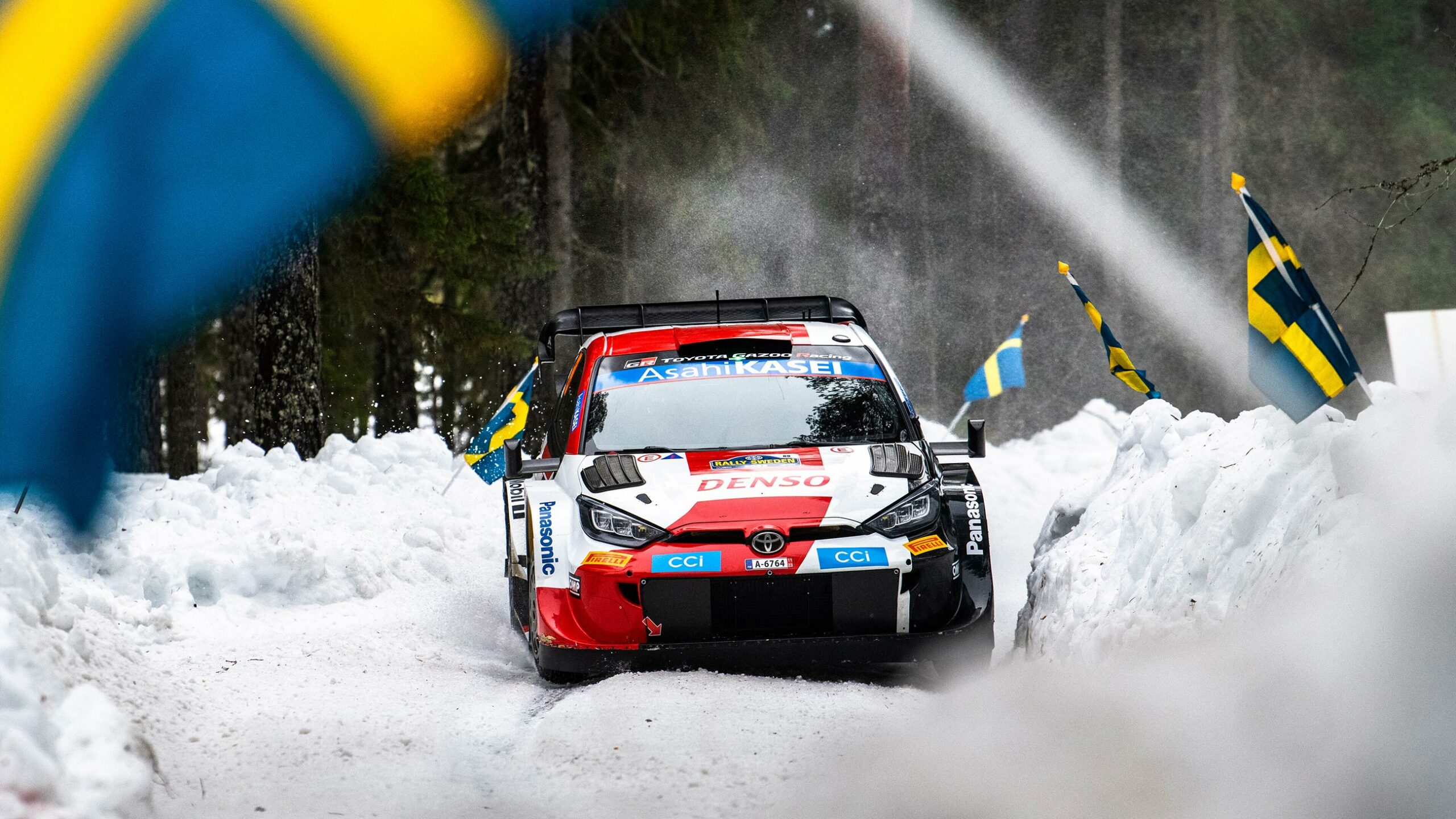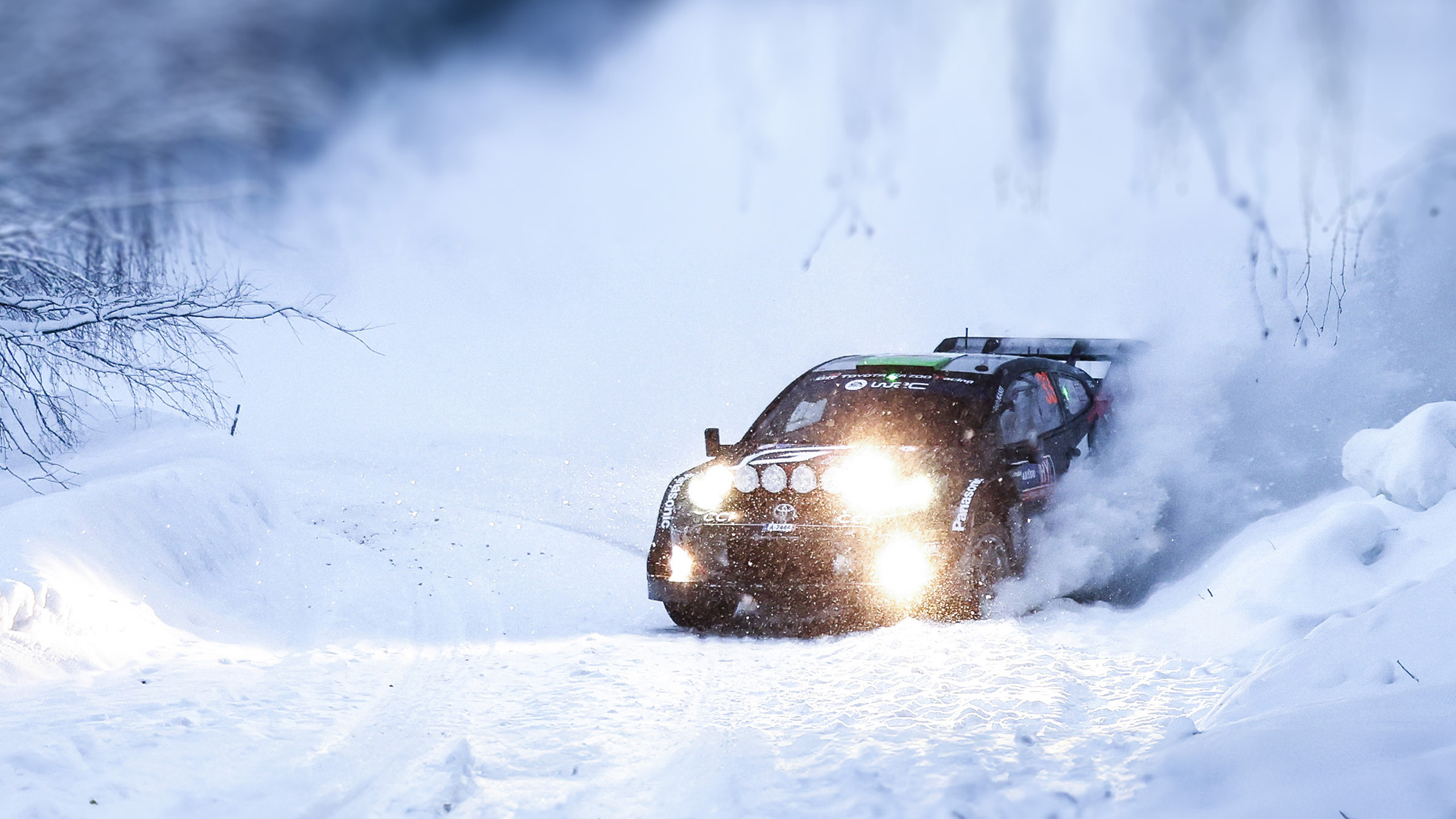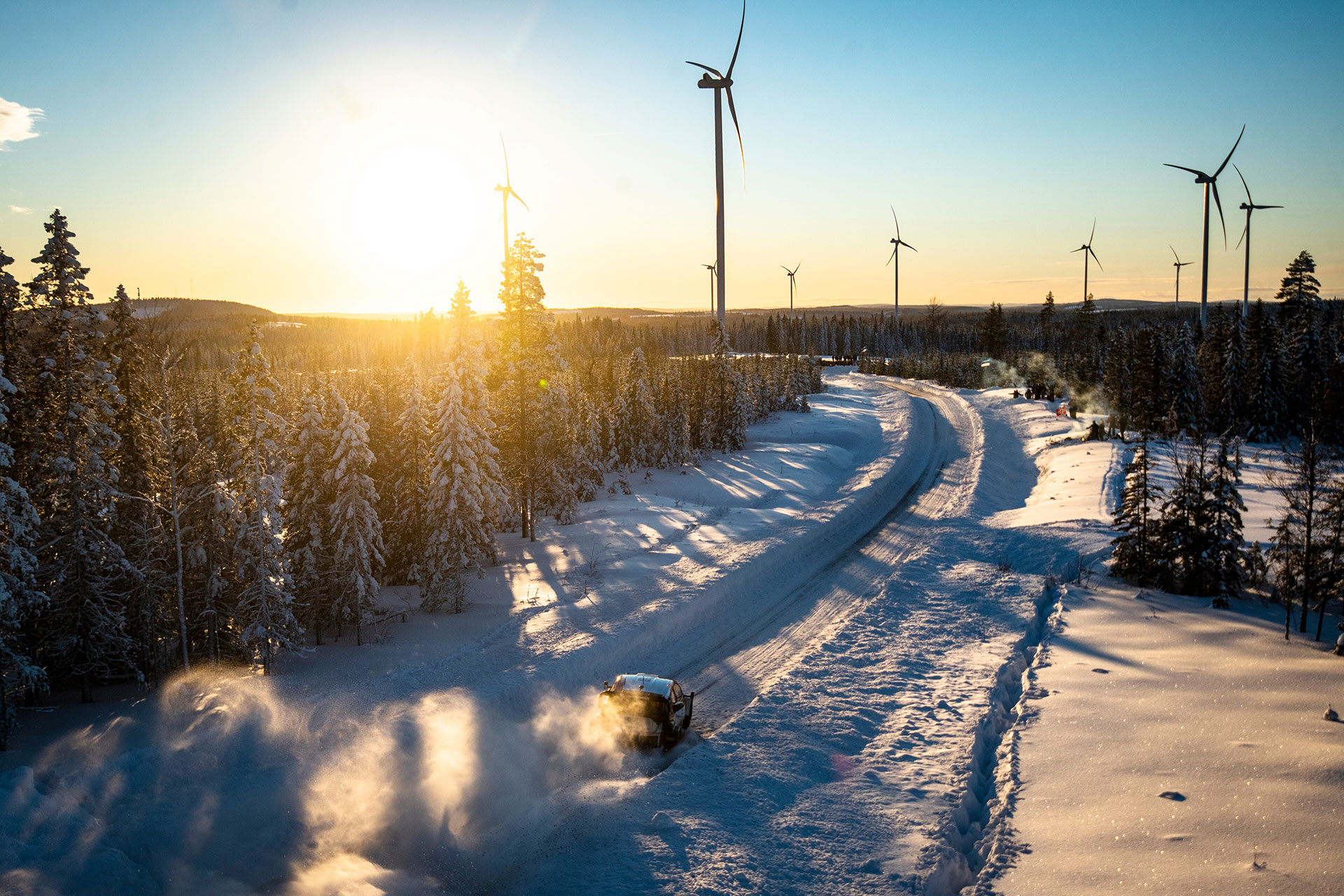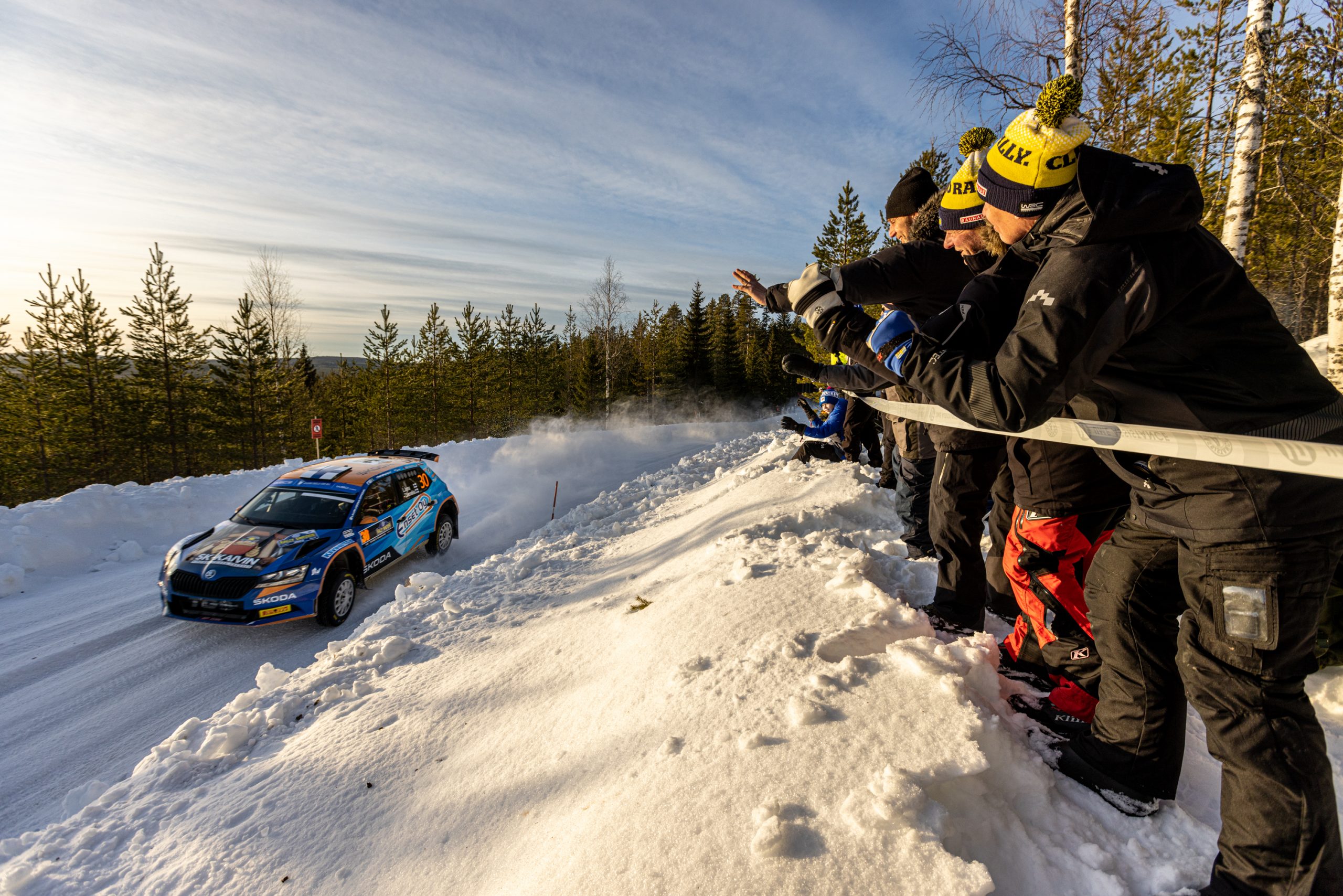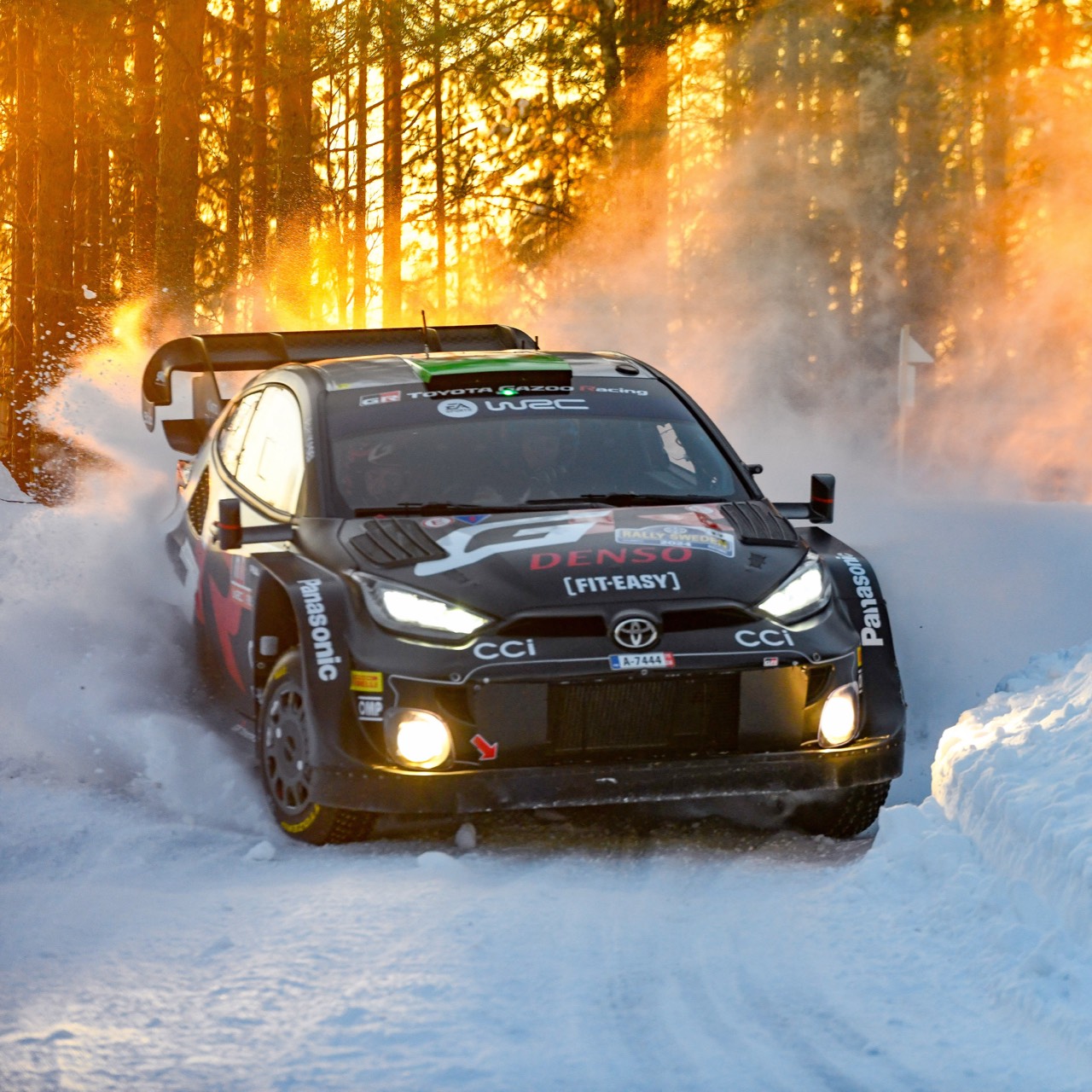WRC 2024 – The Cars
All cars in all classes are governed by strict regulations to make the competition as fair as possible while allowing for individual adjustments and solutions. The goal, however, is for drivers and teams to compete on as equal terms as possible. Since 2022, today’s international rally cars are divided into five classes, ranging from Rally1 to Rally5. In the WRC circus, the top three classes are represented – Rally1, Rally2, and Rally3.
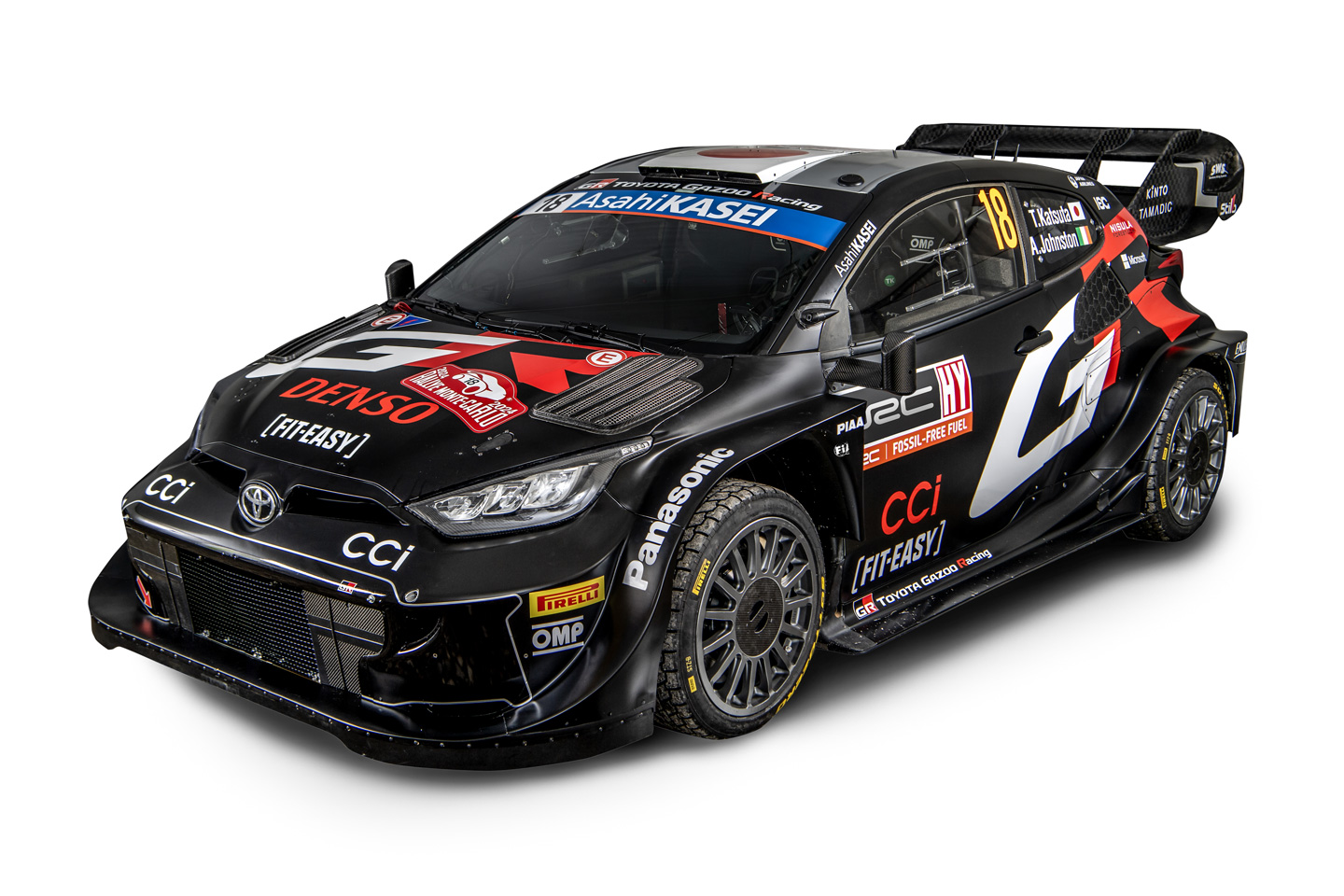
Rally1
Rally1 refers to the cars used in the main WRC class. Factory teams or factory-supported teams develop and compete with cars built around a tubular frame with a carbon-fibre body, known as silhouette cars.
The cars feature both a traditional turbocharged combustion engine with 1600 cubic centimetres and an electric motor providing extra power during accelerations, provided there is energy in the battery. The battery charges when the driver brakes and, of course, during service.
In addition to extra power, electric drive is also used during service park driving and at certain selected parts of transit stages, mainly through communities.
A completely fossil-free fuel is used for the combustion engine, standardized for all competitors.
In 2024, three manufacturers participate in the WRC class with Rally1 cars – Ford, Hyundai, and Toyota.
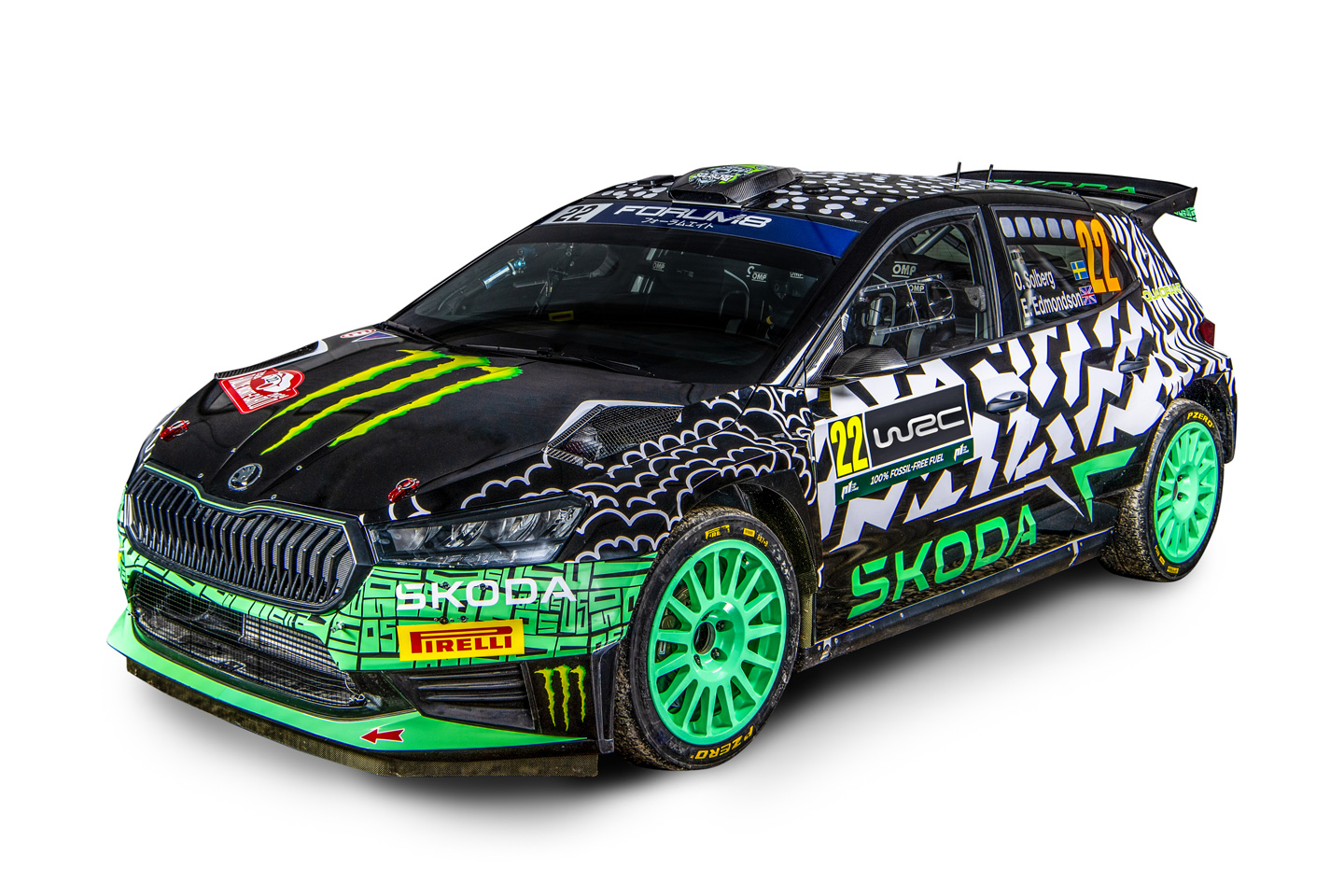
Rally2
WRC2 consists of factory-built cars sold and operated by private teams, but there are also factory or semi-factory teams competing in this class with Rally2 cars, formerly known as R5.
Rally2 cars are built on an original body following strict guidelines set out in the technical regulations, where manufacturers have classified alternative components such as engine, driveline, suspension, brakes, and more.
Unlike Rally1, Rally2 lacks an electric motor and uses only a 1.6-liter turbocharged engine.
Rally2 has slightly simpler technology than Rally1 but is still a highly advanced rally car.
Many manufacturers build and sell Rally2 cars: Skoda, Ford, Citroën, Hyundai, VW, and recently, Toyota has also introduced a new Rally2-Yaris.
Specifications:
- At least 2500 units of the standard model must have been produced in the last 12 months.
- 1.6-liter, direct-injected, turbocharged, four-cylinder engine with 32 mm valves.
- Power regulated to approximately 285 hp.
- Engine block based on standard car specifications.
- Modification allowed for crankshafts, connecting rods, pistons, cylinder liners, valves, and camshafts.
- Permanent four-wheel drive, five-speed sequential gearbox with paddle shifting on the steering.
- Mechanical front and rear differentials.
- 7×15 inch wheels for gravel, 8×18 inch wheels for asphalt.
- 300 mm diameter brake discs for gravel, 355 mm for asphalt.
- Weight: 1230 kg minimum, 1390 kg with driver and co-driver.

Rally3
Introduced in 2022 to ease the transition from national rallies to the international circuit, Rally3 is a simpler car designed for new recruits and to provide local drivers in different countries a chance to showcase themselves on a larger stage, especially for the junior championship.
Rally3 cars are built on an existing body but are equipped with engines ranging from 900 to 1600 cubic centimetres with or without turbo. Five-speed sequential gearbox and four-wheel drive with 235 hp.
Suspension and brakes are upgraded for competition use, but most components feature simpler technology than Rally2, all aimed at keeping costs down to provide more opportunities for participation.
Ford was the first to homologate (gain approval for) a Rally3 car, but more manufacturers are on the way.

